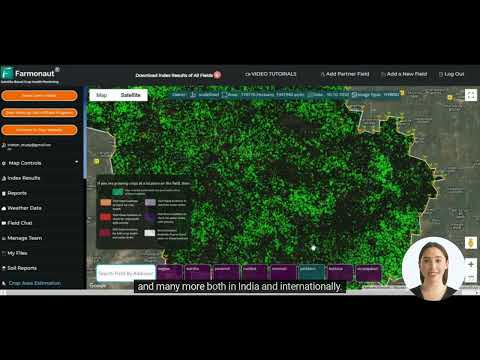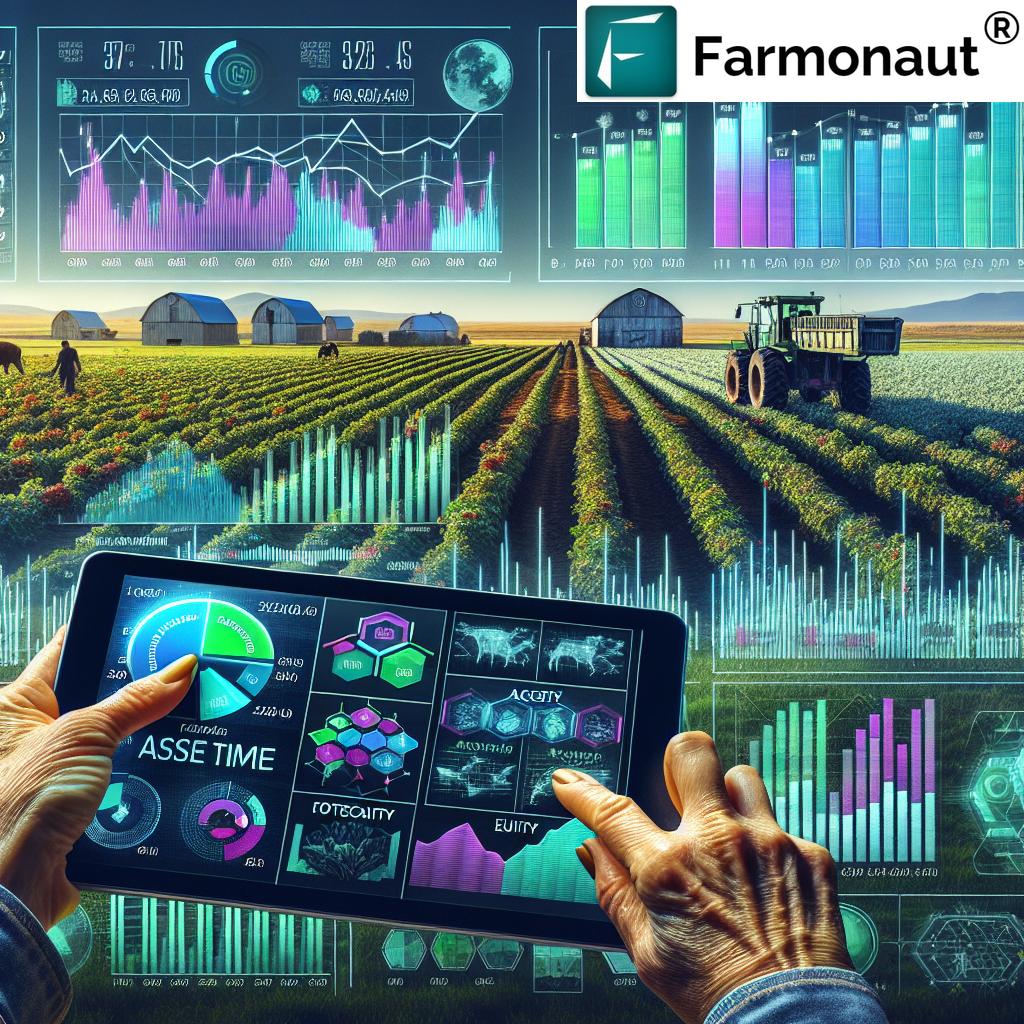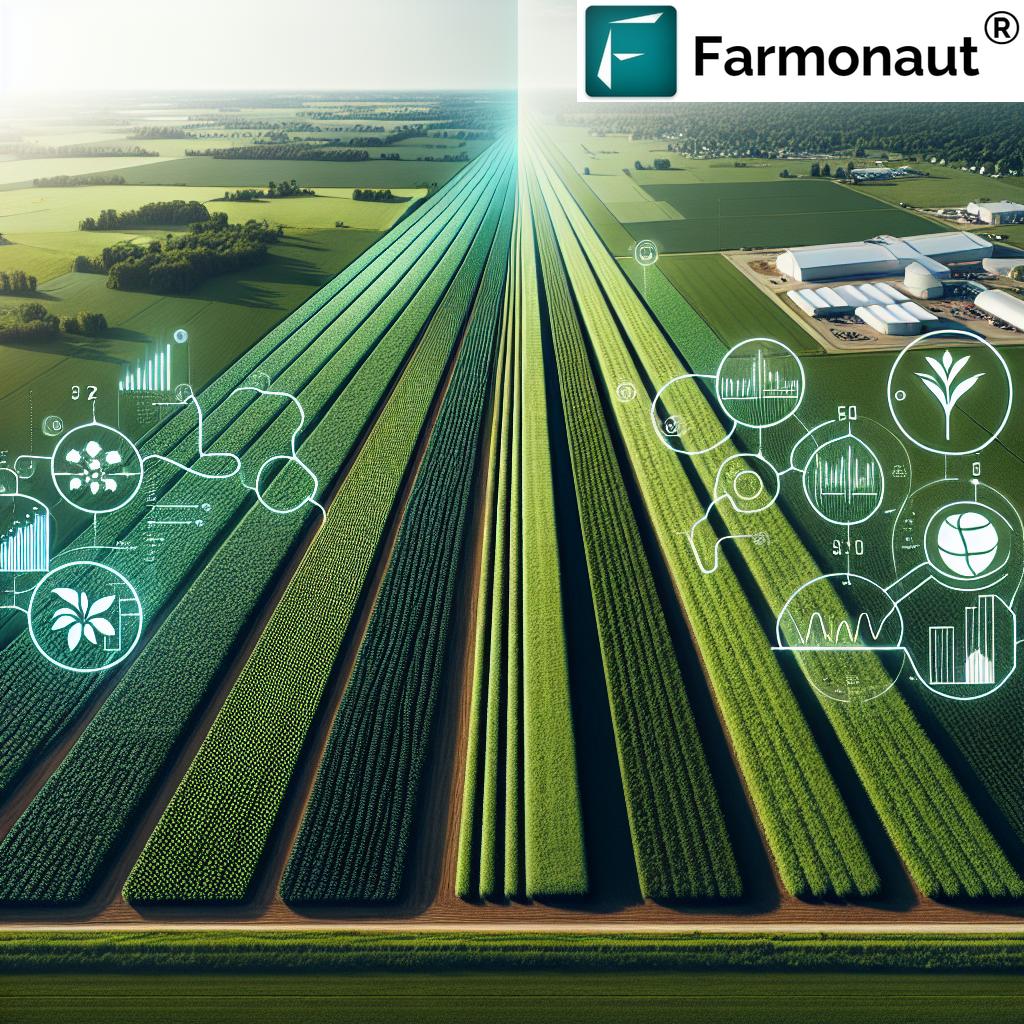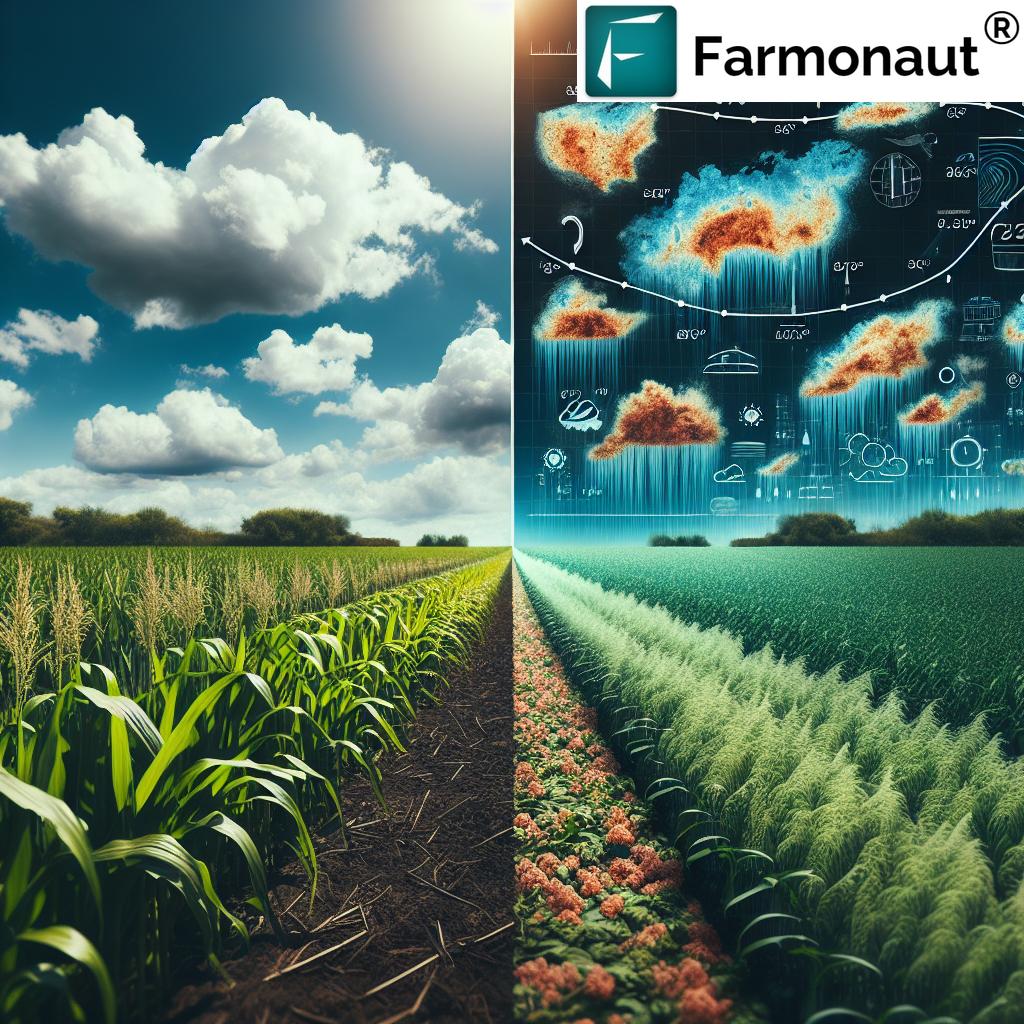Miami’s Valentine’s Day Flower Frenzy: Inside the Booming International Floral Trade at MIA
“Miami International Airport processes nearly 940 million flower stems for Valentine’s Day, handling 90% of US and Canadian imports.”
As we approach Valentine’s Day, the bustling corridors of Miami International Airport (MIA) transform into a fragrant wonderland, buzzing with activity as millions of flowers make their journey to destinations across the United States and Canada. In this comprehensive exploration, we’ll delve into the intricate world of Valentine’s Day flower imports and uncover the pivotal role MIA plays in this annual floral extravaganza.
The Heart of Floral Imports: Miami’s Crucial Role
Miami International Airport stands as the epicenter of flower imports for Valentine’s Day, processing an astounding 940 million stems. This staggering figure represents 90% of all Valentine’s Day flower imports for the United States and Canada, solidifying MIA’s position as the premier hub for the international flower trade.
Let’s take a closer look at the key players in this intricate dance of logistics and love:
- Colombia and Ecuador: The primary sources of these beautiful blooms
- Roses, carnations, pompons, hydrangeas, and chrysanthemums: The stars of the show
- Hundreds of daily flights: The lifeline of this massive operation
The Scale of the Operation: MIA’s Flower Power
To truly appreciate the magnitude of MIA’s role in the international flower trade, let’s examine some eye-opening statistics:
- Last year, MIA handled over 3 million tons of freight
- Floral imports accounted for nearly 400,000 tons
- The value of these floral imports exceeded $1.6 billion
- During January and February, an average of 1,500 tons of flowers arrives daily
- This floral frenzy contributes an estimated $450 million to the local economy
These figures underscore the immense economic impact of the flower import industry on both the local Miami economy and the broader national market.
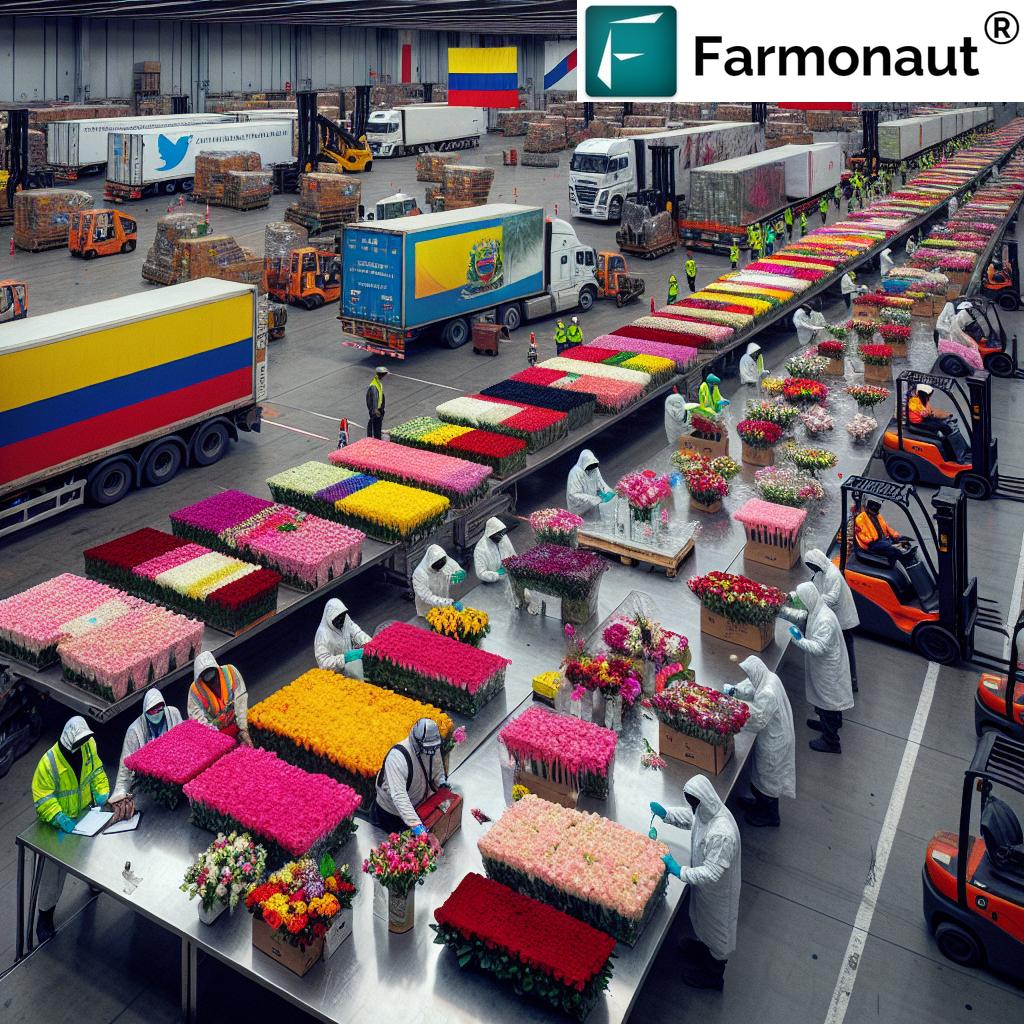
Behind the Scenes: The Logistics of Love
The journey of a Valentine’s Day rose from a Colombian field to a vase in New York is a testament to modern logistics and international cooperation. Here’s a glimpse into the process:
- Harvesting: Flowers are carefully cut and prepared in Colombia and Ecuador
- Packaging: Blooms are expertly packaged to maintain freshness during transit
- Air Transport: Cargo flights, like those operated by Avianca Cargo, ferry the precious cargo to MIA
- Customs and Inspection: Upon arrival, flowers undergo rigorous checks by agricultural specialists
- Distribution: Once cleared, flowers are swiftly dispatched to florists and supermarkets across North America
This intricate dance of logistics ensures that fresh, beautiful flowers reach their destinations in time for Valentine’s Day celebrations.
The Unsung Heroes: Agricultural Specialists at Work
At the heart of this massive operation are the dedicated agricultural specialists who play a crucial role in safeguarding US agriculture. Their mission? To meticulously inspect incoming flowers, preventing the introduction of harmful pests, diseases, and other foreign organisms that could threaten US crops.
Mia Port Director, Daniel Alonso, emphasizes the importance of this work: “Our team of specialists works tirelessly to ensure that every stem entering the country is free from potential threats. It’s a delicate balance between facilitating trade and protecting our agricultural heritage.”
The stakes are high: invasive species can cause estimated annual losses of $120 billion due to quality issues and agriculture-related damage. This underscores the critical nature of the flower import inspection process.
The Economic Bloom: Impact on Local and National Economies
The Valentine’s Day flower trade is not just about romance; it’s a significant economic driver. Let’s break down the impact:
- Local Job Creation: The influx of flowers creates seasonal employment opportunities in Miami
- Boost to Transportation Sector: Increased demand for logistics and transportation services
- Retail Surge: Florists and supermarkets across the nation see a spike in sales
- International Trade Relations: Strengthens economic ties between the US and flower-exporting countries
This annual phenomenon showcases the intricate web of global trade and its far-reaching effects on local economies.
A Closer Look at the Numbers: Valentine’s Day Rose Imports
Roses reign supreme in the Valentine’s Day flower hierarchy. Let’s examine some fascinating statistics about Valentine’s Day rose imports:
- Roses make up approximately 60% of all Valentine’s Day flower imports
- Red roses account for nearly 70% of all rose imports for the holiday
- The average wholesale price of a rose doubles in the weeks leading up to February 14th
- An estimated 250 million roses are produced for Valentine’s Day in the US alone
These numbers highlight the immense demand for roses during this romantic holiday and the pressure on the supply chain to deliver.
“Colombia and Ecuador are the primary sources for Valentine’s Day flowers, with MIA’s operations significantly impacting the local economy.”
The Global Connection: Colombia’s Flower Power
Colombia’s floral industry plays a pivotal role in the Valentine’s Day market. Let’s explore some key aspects of Colombian flowers for Valentine’s Day:
- Colombia is the second-largest flower exporter in the world, after the Netherlands
- The country exports approximately 660 million stems for Valentine’s Day
- Floriculture employs over 130,000 people in Colombia, with women making up 65% of the workforce
- The industry contributes significantly to Colombia’s GDP, with annual exports valued at over $1.4 billion
The success of Colombia’s flower industry is a testament to the country’s favorable climate, skilled workforce, and strategic location for exports to the US market.
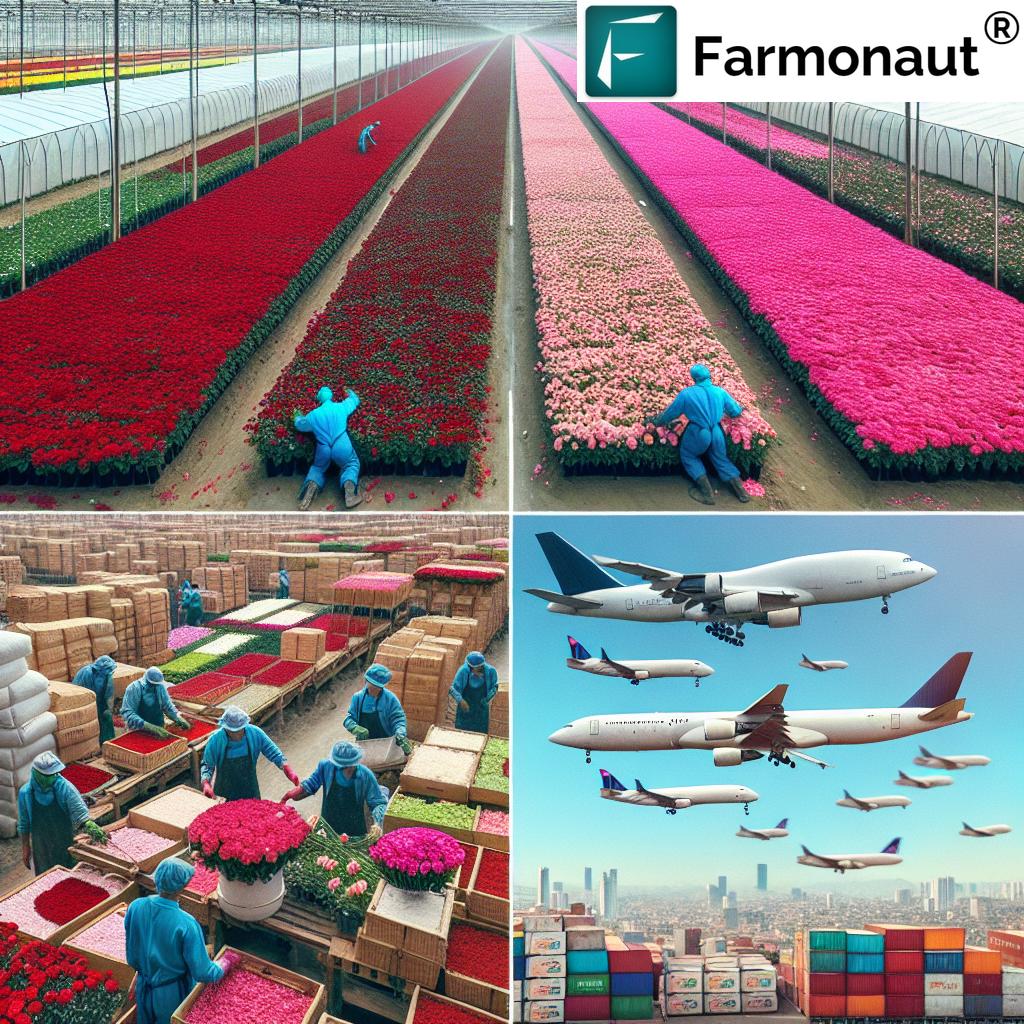
The Political Landscape: Trade Policies and Their Impact
The flower trade, like any international commerce, is subject to political influences. Recent tensions between Colombia and the United States have highlighted the delicate balance of international relations and trade:
- Discussions of potential tariffs raised concerns in the industry
- Colombian President Gustavo Petro’s confrontation with US policies led to threats of 25% tariffs on American goods
- These political conflicts have since settled, allowing trade to continue without additional tariffs
This situation underscores the importance of stable international relations in maintaining the smooth flow of goods, especially in time-sensitive industries like floriculture.
Technological Innovations in Flower Farming and Transport
As the demand for fresh flowers continues to grow, technological advancements play an increasingly important role in the industry. Here are some innovations shaping the future of flower farming and transport:
- Precision Agriculture: Using satellite imagery and AI for optimal crop management
- Controlled Environment Agriculture: Greenhouses with advanced climate control systems
- Blockchain for Traceability: Ensuring transparency in the supply chain
- IoT Sensors: Monitoring temperature and humidity during transport
These technologies not only improve efficiency but also contribute to sustainability efforts in the industry.
The Environmental Aspect: Balancing Beauty and Sustainability
The flower industry, while bringing joy to millions, also faces environmental challenges. Let’s examine some key issues and solutions:
- Carbon Footprint: Long-distance air transport contributes to greenhouse gas emissions
- Water Usage: Flower cultivation requires significant water resources
- Pesticide Use: Traditional farming methods often rely heavily on chemical pesticides
To address these concerns, many growers are adopting sustainable practices:
- Rainwater harvesting and efficient irrigation systems
- Integrated pest management to reduce chemical use
- Carbon offset programs for transportation
- Exploration of local, seasonal flower options
These efforts aim to ensure that the beauty of Valentine’s Day flowers doesn’t come at the cost of environmental degradation.
The Future of Flower Imports: Trends and Predictions
As we look to the future of the international flower trade, several trends are emerging:
- Increased Demand for Sustainable and Ethically Sourced Flowers
- Rise of Direct-to-Consumer Models in Flower Delivery
- Growing Popularity of Preserved and Dried Flower Arrangements
- Expansion of Flower Varieties Beyond Traditional Valentine’s Day Options
These trends suggest a dynamic future for the industry, with a focus on sustainability, innovation, and changing consumer preferences.
Comparative Analysis: Top Valentine’s Day Flower Importers at MIA
| Country of Origin | Estimated Flower Stems (in millions) | Percentage of Total Imports | Primary Flower Types |
|---|---|---|---|
| Colombia | 600 | 63.8% | Roses, Carnations, Chrysanthemums |
| Ecuador | 250 | 26.6% | Roses, Gypsophila |
| Netherlands | 50 | 5.3% | Tulips, Lilies |
| Costa Rica | 25 | 2.7% | Tropical Flowers, Foliage |
| Mexico | 15 | 1.6% | Sunflowers, Dahlias |
This table provides a clear overview of the major players in the Valentine’s Day flower import market at Miami International Airport, highlighting the dominance of Colombian and Ecuadorian flowers in the trade.
The Role of Technology in Modern Agriculture
In the ever-evolving landscape of agriculture, technology plays a crucial role in optimizing crop production, including flowers. One such innovative solution is offered by Farmonaut, a company at the forefront of agricultural technology.
Farmonaut provides advanced, satellite-based farm management solutions accessible via Android, iOS, web/browser apps, and API. Their mission is to make precision agriculture affordable and accessible to farmers worldwide by integrating innovative technology and data-driven insights into traditional farming practices.
Key features of Farmonaut’s platform include:
- Real-time crop health monitoring using satellite imagery
- AI-based advisory systems for personalized farm management
- Blockchain-based traceability for supply chain transparency
- Resource management tools for optimizing farm operations
While Farmonaut’s solutions are applicable across various agricultural sectors, they could potentially benefit the flower industry by improving crop yields, reducing resource wastage, and enhancing overall farm productivity.
For those interested in exploring these technological solutions:
For developers interested in integrating agricultural data into their own systems, Farmonaut offers an API:
Earning Opportunities in the Agricultural Sector
Earn With Farmonaut: Affiliate Program
Earn 20% recurring commission with Farmonaut’s affiliate program by sharing your promo code and helping farmers save 10%. Onboard 10 Elite farmers monthly to earn a minimum of $148,000 annually—start now and grow your income!
Subscription Options for Agricultural Technology Solutions
Frequently Asked Questions
Q: How many flower stems does Miami International Airport process for Valentine’s Day?
A: MIA processes nearly 940 million flower stems for Valentine’s Day, handling 90% of US and Canadian imports.
Q: Which countries are the primary sources of Valentine’s Day flowers?
A: Colombia and Ecuador are the main sources, with Colombia being the second-largest flower exporter in the world after the Netherlands.
Q: What is the economic impact of the flower trade on Miami?
A: The Valentine’s Day flower trade contributes an estimated $450 million to the local Miami economy.
Q: What role do agricultural specialists play in the flower import process?
A: Agricultural specialists meticulously inspect incoming flowers to prevent the introduction of harmful pests, diseases, and other foreign organisms that could threaten US agriculture.
Q: How are technological innovations impacting the flower industry?
A: Technologies like precision agriculture, controlled environment agriculture, blockchain for traceability, and IoT sensors are improving efficiency and sustainability in flower farming and transport.
Conclusion: The Blooming Future of International Flower Trade
As we’ve explored in this comprehensive look at Miami’s Valentine’s Day flower frenzy, the international floral trade is a complex, dynamic, and economically significant industry. From the fields of Colombia and Ecuador to the bustling corridors of Miami International Airport, and finally to the hands of loved ones across North America, the journey of Valentine’s Day flowers is a testament to global cooperation, logistical precision, and the enduring power of love.
The future of this industry looks bright, with technological innovations paving the way for more sustainable and efficient practices. As consumer preferences evolve and environmental concerns take center stage, we can expect to see continued adaptation and growth in this vital sector.
This Valentine’s Day, as you present a bouquet to your loved one, take a moment to appreciate the incredible journey those flowers have made – a journey that spans continents, involves thousands of workers, and represents a beautiful blend of nature’s wonder and human ingenuity.




